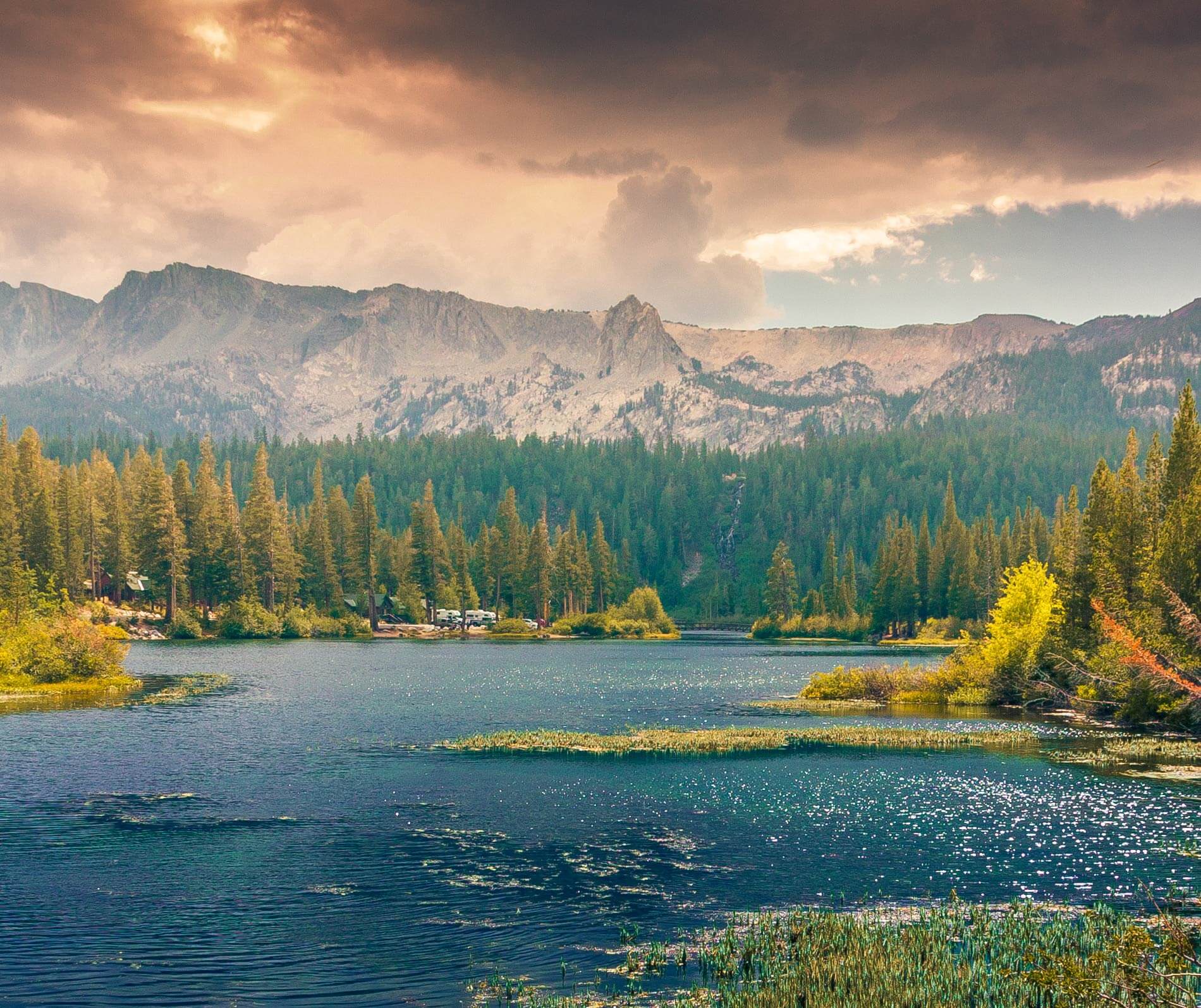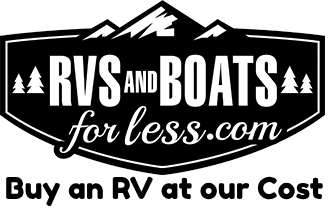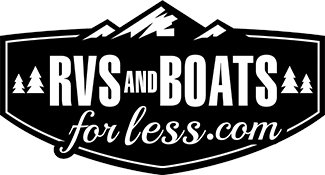Toy Hauler Loading Tips
 There’s nothing more exciting than getting ready for a camping trip in your toy hauler to a place where you’ll be able to ride the trails in your favorite powersport vehicle, whether you’re more of an ATV kind of person or a dirt bike kind of person. Toy haulers let you revisit some of your favorite riding trails and explore new ones, but some parts of the getting ready process are more complicated than others. One of the more nerve wracking steps is loading your toy hauler. That’s why RVs and Boats for Less has provided some tips to help you with this process. Follow along, and let us know if you need any additional help. We proudly serve Idaho Falls, Pocatello, and Twin Falls, Idaho, as well as Logan and Salt Lake City, Utah.
There’s nothing more exciting than getting ready for a camping trip in your toy hauler to a place where you’ll be able to ride the trails in your favorite powersport vehicle, whether you’re more of an ATV kind of person or a dirt bike kind of person. Toy haulers let you revisit some of your favorite riding trails and explore new ones, but some parts of the getting ready process are more complicated than others. One of the more nerve wracking steps is loading your toy hauler. That’s why RVs and Boats for Less has provided some tips to help you with this process. Follow along, and let us know if you need any additional help. We proudly serve Idaho Falls, Pocatello, and Twin Falls, Idaho, as well as Logan and Salt Lake City, Utah.
Prepare your Toy Hauler
There are some standard checks that all RVs and other vehicles should undergo before a long trip. These checks are going to be a lot easier if you perform them before loading the powersport vehicles. Start with the tires. Proper tire pressure is essential for any kind of vehicle, so make sure they’re properly inflated to the recommended standards in your owner’s manual. You can use a tire gauge, or you can invest in a tire pressure monitoring system, which will alert you to any abnormal changes in pressure. Also glance over the treads and rubber to check for signs of damage that might become a bigger problem on the road.
You’ll also want to perform a few final checks once your toy hauler is hitched (if that’s a necessary part of preparation). Make sure all the mirrors are set so you can see as much of the road as possible. You’ll still want to keep your blind spot in mind when you’re on the road. Also check all your lights, including headlights, brake lights, and turn signals.
Distribute the Weight
Before the machines go in the garage, keep in mind how you intend to load them. Weight distribution is key. You’ll want to make sure the weight is distributed evenly from left to right, but from front to back, you’ll want to use the 60/40 method. This means 60% of the overall weight is in the front half, closer to the hitch, and the remaining 40% tapers off the back half. Also, about 10-12% of the overall weight should rest directly on top of the hitch itself. This is going to be particularly important if you have a smaller toy hauler and will need to compensate for a heavy machine in the back.
Loading
When it’s time to drive the machine into the bay, set up your ramp so that the angle is as minimal as possible. This may mean simply lowering the back door or attaching a separate ramp. Also make sure your toy hauler is secure by setting the parking brake and chocking the wheels. Make sure you’re on level ground to make this process easier. Then, slowly drive up the ramp until the entire vehicle is in the garage and then turn off the vehicle. Slow and steady wins this race, as you don’t want to hit the accelerator too hard and bump part of the RV interior.
Secure your Vehicle
The last step is to secure your machine. Your toy hauler probably already comes with D-ring tie downs just for this purpose, but you can always install more as needed. We recommend ratchet straps, as they work with the natural suspension of your powersport vehicle to keep it secured and prevent it from moving around to much. Then tug on the straps and give the machine a good shake, just to be sure.
You may want to practice this a couple times in order to get more confident, but pretty soon, we know you’ll be a pro. If you still need the toy hauler itself, stop by RVs and Boats for Less and we’ll help you find the toy hauler that’s right for you. We welcome all current and future RV owners from Idaho Falls, Pocatello, and Twin Falls, ID, as well as Logan and Salt Lake City, UT.









